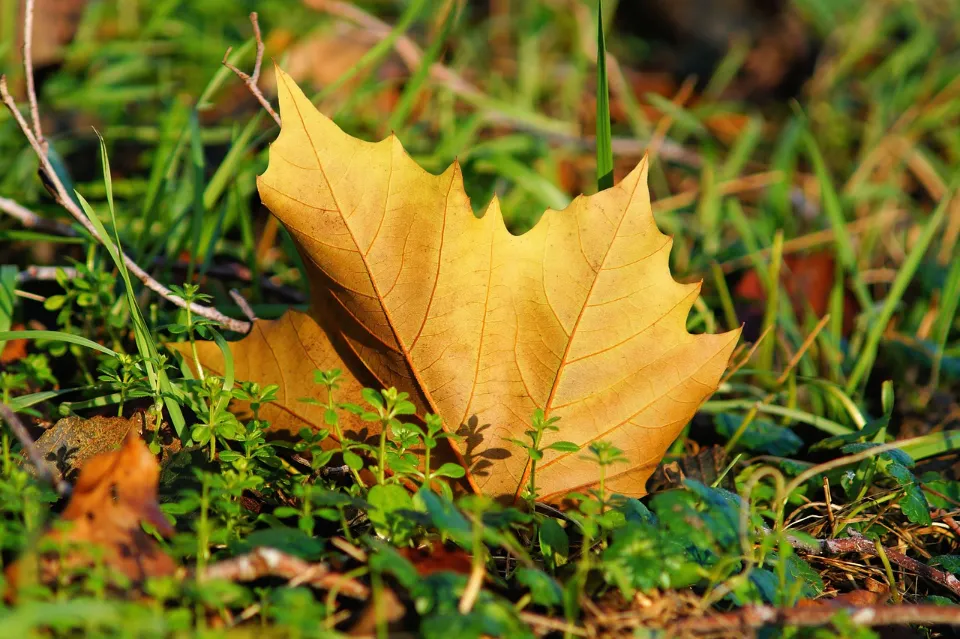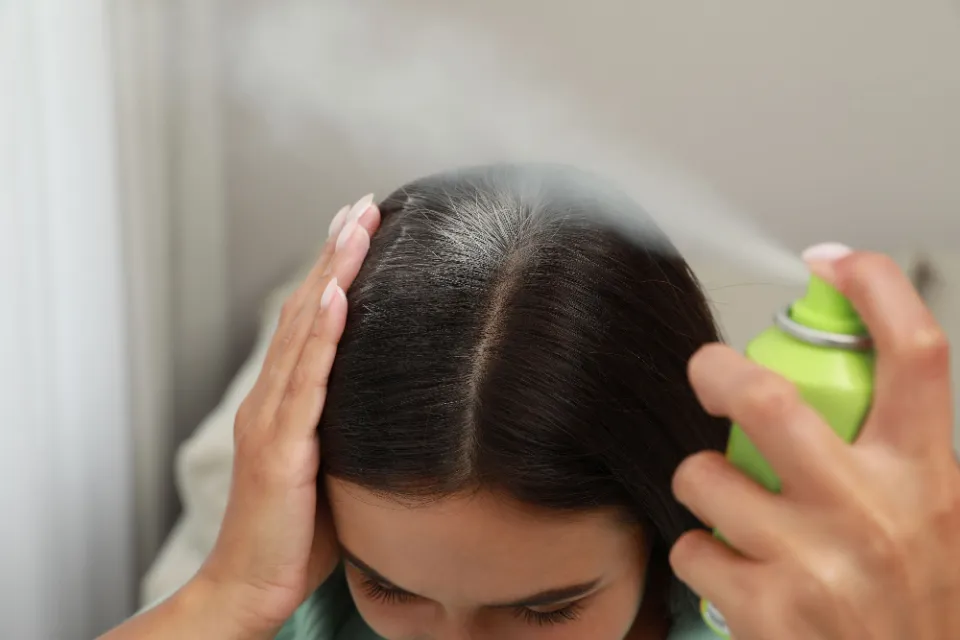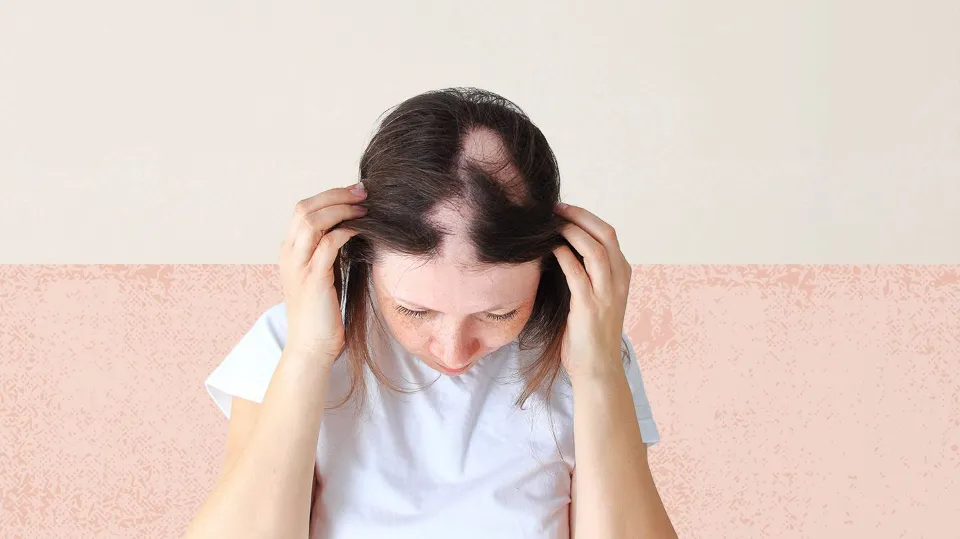In order to achieve a virtuous cycle of “good lawn, good soil”, so lawn fertilization is a particularly important part, on the one hand, to supplement the need for mineral nutrients such as nitrogen on the lawn, on the other hand, it also focuses on fertilizing the soil, which is another important measure to obtain high-quality longevity lawn.
What is Lawn Fertilizer
The three chemicals nitrogen, phosphorous, and potassium are what make up lawn fertilizer. While phosphorous improves root growth and potassium increases your lawn’s resistance to disease and drought, nitrogen helps your grass grow green and vibrant.

Nutrients and Deficiencies Required by Turfgrass
Green plants require three nutrients to survive: carbon, hydrogen, and oxygen. In addition, they require the other 14 essential elements, including nitrogen, Sulfur, potassium, calcium, magnesium, sulfur, manganese, boron, copper, zinc, iron, molybdenum, chlorine, nickel, and others, which must be taken from the soil or supplemented by fertilization. Without any of these 17 elements, plants cannot grow and develop normally and complete their life history; No element can be replaced by another element; Again, the effect is immediate.
The International Society of Plant Nutrition therefore acknowledges it as a necessary nutrient. Countless elements, including carbon, hydrogen, oxygen, nitrogen, potassium, sulfur, calcium, magnesium, and other nine kinds, make up less than 0.01% of the dry matter in a plant’s body. The remaining elements are trace elements. In addition, there are “beneficial elements” silicon, cobalt, aluminum, selenium, sodium, etc. When soil is acquired, deficiencies in nitrogen, Sulfur, and potassium, collectively known as the “three elements of fertilizer,” are frequently felt. In general, only in special soils and environments do other nutrients need to be supplemented.
Contrasted with crops and even pasture, lawns’ nutrient needs are quite typical. First, the demand for nitrogen is particularly high; second, the demand for potassium is unusual; third, the demand for Sulfur is relatively low; and fourth, other elements also call for comprehensiveness. Therefore, nitrogen, potassium, and Sulfur should be the foundation of fertilization, with other elements being added with care. The harvesting of elegant landscapes and long-lasting, high-quality lawns can be compared in this way.

Fertilizer Selection
The nutrient content of various fertilizers, the nutrient salt index per unit of plant, the application rate of various fertilizers, the potential for burning lawn leaves, and the physiology of fertilizers should all be considered when choosing and applying fertilizers. The nutrient salt index per unit of urea formaldehyde, organic nitrogen fertilizer, superphosphate, heavy superphosphate, potassium sulfate and other fertilizers was low (≤1.0), and the possibility of burned leaves was small. Instead, because the salt indexes of sodium nitrate, ammonium nitrate, ammonium sulfate, ammonium phosphate, potassium nitrate, and other salts are higher (≥2.5), there is a greater risk of burning leaves when spreading or spraying these fertilizers.
Related Post: Signs of Grubs In Your Lawn & How to Fix in 2023
Additionally, the leaves may be burned by intermediaries such as urea, diammonium phosphate, potassium chloride, and others (1.0–2.5), so care should be taken to apply them uniformly and in the right quantity. In addition, according to the physiology of fertilizers, physiological alkaline fertilizer plants such as ammonium nitrate are absorbed by Na+ and Ca2+ plasma; After absorption by physiological acidic fertilizer plants such as ammonium sulfate, S042-, Cl- plasma remains, which can affect soil pH, and attention should be paid to avoid deepening the acidification or alkalinization of the soil in the application; It is used to improve soil pH.

How to Choose the Right Fertilizer
There is a simple method to determine which bag of fertilizer is best for your lawn, but the chemical ratios can vary depending on your fertilizing circumstances. Three numbers will be prominently displayed on fertilizer bags or packaging. These numbers tell you how much of each chemical are in the bag. The first number indicates the amount of nitrogen, the second the amount of phosphorus, and the third the amount of potassium. Multiplying the percentage by the bag’s size (weight) will reveal how much of each is contained in the bag. (Example: a 50 lb. bag of 10-10-10 contains 5 pounds each of nitrogen, phosphorus and potassium.) To make sure you’re using the right amount of each chemical for the needs of your lawn, read the fertilizer bag carefully.
When to Fertilize Cool-Season Grasses
Apply winter fertilizer to your lawn in September, unless you live in the southern third of the United States. The reason for this is that the northern two-thirds of the United States. is home to lawns with cool-season grasses or “transition” lawns with both cool-season and warm-season grasses. It is a waste of money to apply a lot of fertilizer to your cool-season lawn in July because during the height of the summer, the grass roots are merely waiting for the temperature to drop so they can spread out more. Your cool-season lawn should only require a small amount of fertilizer in the spring in addition to the fertilizer you apply in September.
How to Apply Fertilizer to Cool-Season Lawns
A dry lawn should not be fertilized. Wait until the day after a rain, when the soil is moist, instead. In order to prevent your fertilizer from being washed away before it can be absorbed into the soil, it is also best to time your application so that there is at least a few days before the next rain. Calculate how much fertilizer you’ll need for your lawn. To spread the fertilizer as evenly as possible, walk your lawn in a regular pattern while using a spreader or broadcaster.

Fertilization Technical Points
1. Focus on nitrogen fertilizer, with potassium, Sulfur, and other expensive fertilizers, in accordance with the characteristics of lawn fertilizer demand. Low-managed grass that receives at least 0.5 kg/100 m2 of nitrogen annually (equivalent to 1.2 kg/100 m2 of urea); the height can reach 5 to 7.5 kg/100 m2 (11.1 to 16.7 kg/100 m2 of urea) or more. The nitrogen:potassium:Sulfur ratio is typically 2:1:1.5 (half of nitrogen is slow-acting nitrogen), and the demands for potassium and Sulfur in lawns are 1/2, 1/3, and 1/5, 1/10 of nitrogen, respectively. This is because different nutrient elements behave differently when they are leached and fixed. In the real world, it can be changed as necessary depending on the state and time of the lawn. The lawn’s leaves are a thick, soft green color, indicating adequate nitrogen fertilizer, and they are straight and elastic, indicating a high potassium and Sulfur content. Rejuvenation top dressing can increase the nitrogen fertilizer content; potassium and Sulfur can be added in greater quantities to improve the lawn’s ability to withstand stress in the winter and summer.

2. To level the lawn floor, apply organic fertilizer at least once a year along with cultivation soil. If there is a special need, it may happen twice a year. About half of the annual nitrogen application amount comes from the rate at which organic fertilizer is applied.
3. Top dressing is applied based on the use of cultivated soil and organic fertilizer. Top dressing should consider not only the grass seed but also how the lawn is used, how vigorously it regenerates, and how much self-renewal it exhibits.
Green lawns typically receive a top dressing twice a year: once after rejuvenation and once in the fall, depending on the weather and the lawn’s nitrogen nutrition status. It should be applied quickly after the temperature has stabilized and is conducive to the growth of the lawn, and the nitrogen level of the lawn allows. Borrowing a leaf color color card will allow you to determine the lawn’s nitrogen level. In practical work, the “1 and 3 leaf colorimetric method” is more practical, especially in diagnosing the nitrogen level of grass.

With a sprinkler irrigation system, the fertilizer can be evenly and labor-savingly applied to the lawn by first dissolving it in a small amount of water, filtering out the slag before adding it to the pool. If there is no sprinkler irrigation system should be spread, spread should pay attention to even, wait for the dew to dry and operate after operation, so as not to burn the lawn and ensure that the grass color and grass height is consistent. The best approach is to divide the fertilizer into two portions, one facing north to south and one facing east to west. Choose to water before the rain or after sprinkling, so that the fertilizer can dissolve and seep into the soil. The best time to water should be chosen along with a good fertilizer.
Read more fertilization technical points on Home Services Offers










